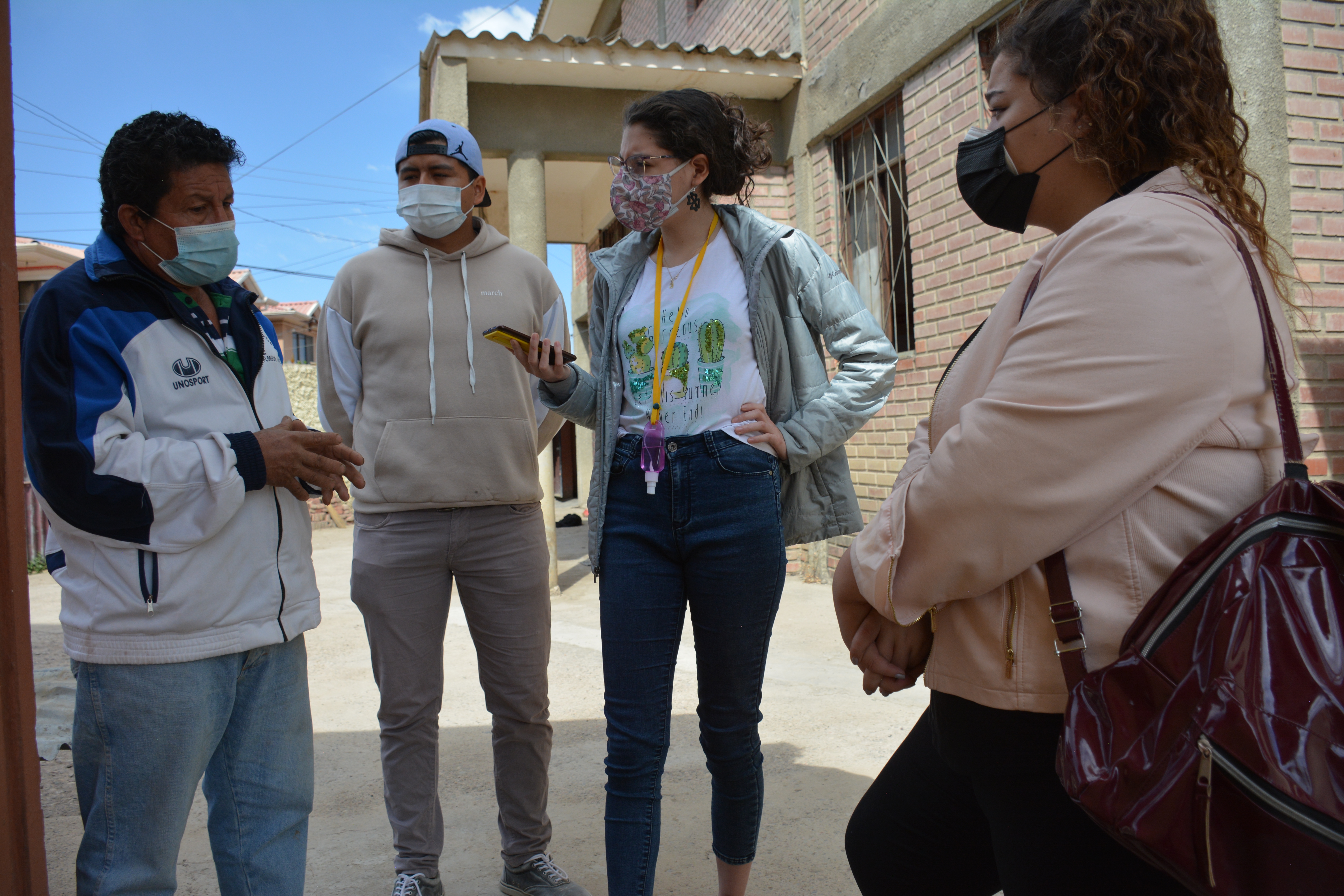Our first approach
As part of the diagnosis, Miss Rocha mentioned to us that we should interview with the urban communities we were about to visit. After having access to the locations of the wells, we seeked out how to approach these urban communities. We interviewed 5 presidents of communities in order to know more about the group and to ask permission to make a survey with the people of the urban communities.
Urban communities
Our first approach: Interviews with the presidents of the urban communities
As part of the diagnosis, Miss Rocha mentioned to us that we should interview with the urban communities we were about to visit. After having access to the locations of the wells, we seeked out how to approach these urban communities. We interviewed 5 presidents of communities in order to know more about the group and to ask permission to make a survey with the people of the urban communities.

This community continued to conduct analyses 3 and 5 years ago but nothing changed regarding the presence of arsenic. There are some new neighbors who are not aware of the problem, which is why the president sees the project as beneficial because it would be the first step to make them aware and inform them of the problem. Finally, the president mentioned that the well is already reaching its final phase, which raises the question: Is it worth drilling another well knowing that the water will also have arsenic and of poor quality? A very worrying question came out not only for us but for the whole world: Water is a human right, but is it really fulfilled? Unfortunately only for those who can afford it.
Survey Results















Visit to the communities to carry out the questionnaire
We started a survey that aimed to know the perspective of the people living in this region about the real problems they face in relation to water, to verify if our project would be really beneficial for the population and to take the first step to solve the problem in the future. We started by making a diagnosis of the population in order to know their current water situation and to be able to carry out the planned questionnaires. As a second phase, we conducted surveys in 5 urban communities. When we realized the situation, we decided to implement didactic and informative material to present our project and synthetic biology.
The survey had 16 questions, including basic information; as well as a series of questions on the accessibility and perception of water service, public knowledge on the current situation of water pollution and its proper treatment, public awareness on the current situation of contaminated well water, effects caused on public health by contaminated water, ending with the understanding of our project and how biotechnology proposes some solutions to this problem. A total of 124 answers were collected with this survey.
Objective
To know the needs and problems regarding the contamination of wells or drinking water among the TBOs, in order to find out the benefits and limitations of our project.
Methodology
124 people were surveyed anonymously and randomly with the help of the presidents. The human practices team had a two-week outreach. The surveys were conducted to a population sample and were filled out with mutual interaction between each person and a member of our team through Google forms. Both quantitative and qualitative results were obtained and we analyzed them.
Results
After visiting each urban community we proceeded to analyze the 16 questions that were answered, having a final report of our visit in the following PDF.
People were not aware of how to answer the final questions in our survey. This is why we appealed to personal explanations about synthetic biology and the fundamentals of biosensors. In general, people were not reluctant to biotechnology and genetically modified organisms, accepting a detection system based on synthetic biology.
In order to achieve this, the alternative we used to explain biotechnology, synthetic biology, their respective applications and biosensors was to make people feel identified with biotechnology, giving them everyday examples for a better understanding. For this, we used didactic material thinking of the entire population that we could reach at the time of conducting the surveys, thus having crossword puzzles and infographics for adults and word search puzzles, informative cartoons and stickers for children.
Descripción: Didactic and informative material used on the visit to the communities.
Conclusion - Usefulness of our project





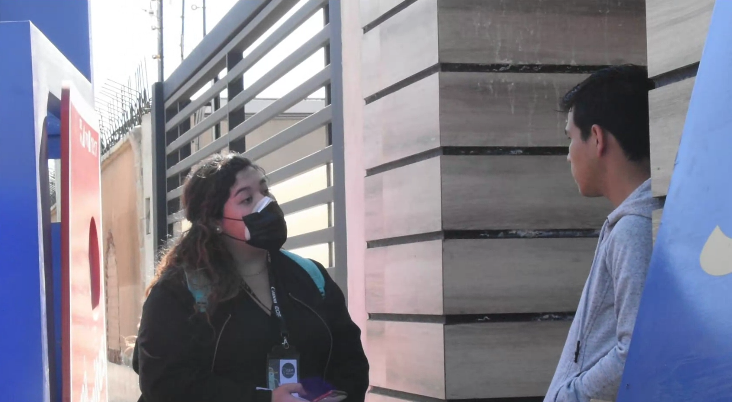




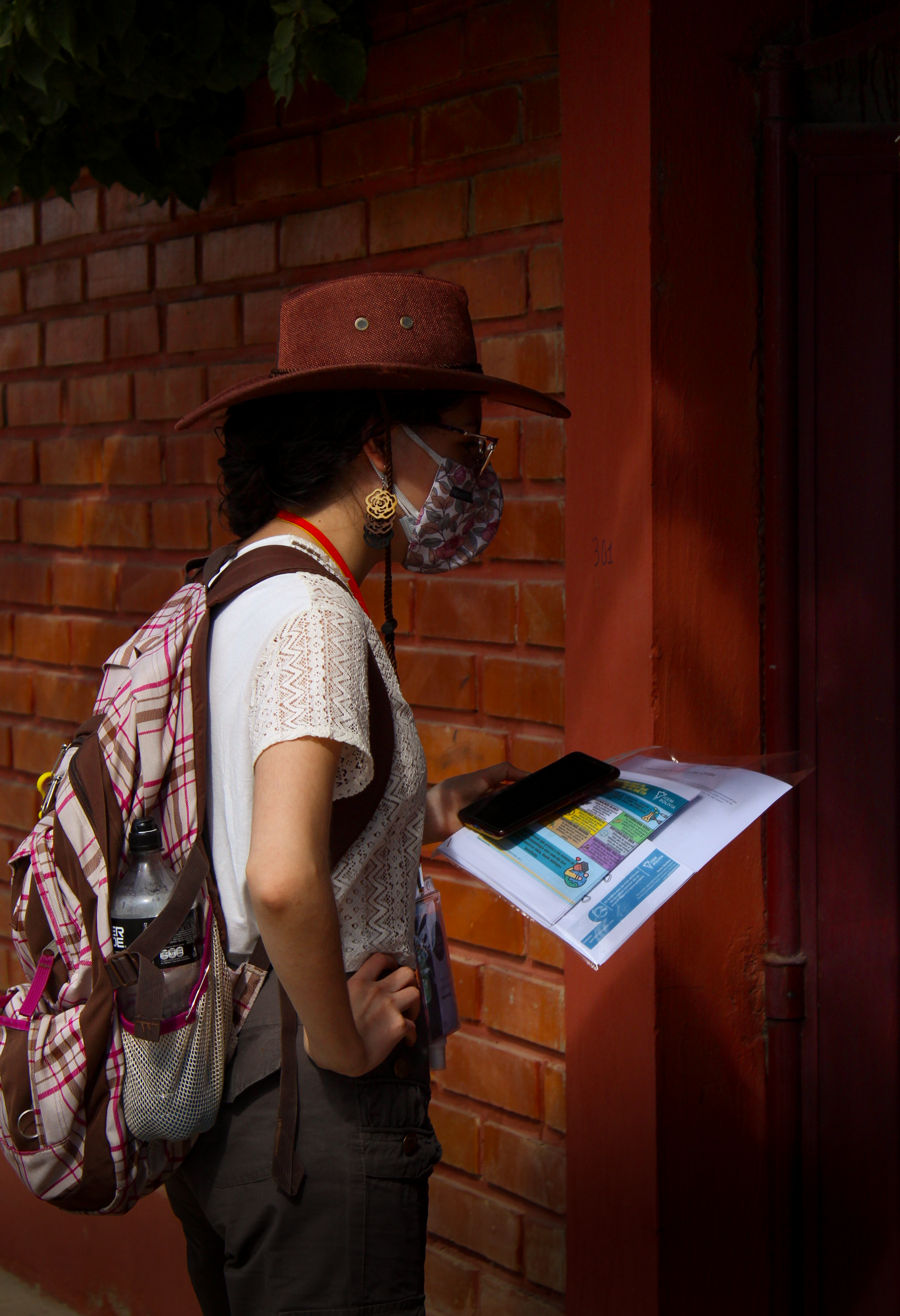




In view of the evidence collected, we recognised that the necessity of knowing the quality and status of water really exists in the urban communities, since many respondents let us know that they have been dealing with the shortage of drinking water and the terrible quality of it for decades. They have been saving money to invest in analysis for detection of heavy metals. Unfortunately, in some cases an extra investment is needed for the detection of arsenic, this is why people didn't consider it because of the high cost and, as a result, they were not conscious about the water situation regarding arsenic. Only one group of the five urban communities was informed about the presence of arsenic on their well. They showed us their concern since there is not an adequate treatment in Bolivia to solve the problem of arsenic, putting them in the same situation as the remaining four since they can’t do anything about it.
Regarding people's opinion, we noticed that even though we talked to them about arsenic and the problems it can cause they didn't show much importance, but we perceived that it´s not only the importance they give but the money they have to do something. In one urban community we could find people that had the money and the resources to pay for an analysis, for a private filter or to buy a cistern, but we also surveyed people that didn't have the same resources, barely paying for their base resource which is water and with bad quality. Let's think about it. Is it better to pay for expensive treatments, medicine, doctors, etc., because of all the consequences arsenic could bring in the long-term or to start with making an analysis that could give a response about the water quality?
With this survey we can be sure that our project would really be beneficial to society. A comparison about the costs of an arsenic analysis was made and these are expensive. This is why we want to make our bionsensor accessible, letting people know the presence of this heavy metal and resolving their doubts. Another advantage of our biosensor is the easy reading of the semi quantitative results, this would make people understand this “type of analysis” without needing other types of extra information like it is needed on other analyses.
Rural Communities












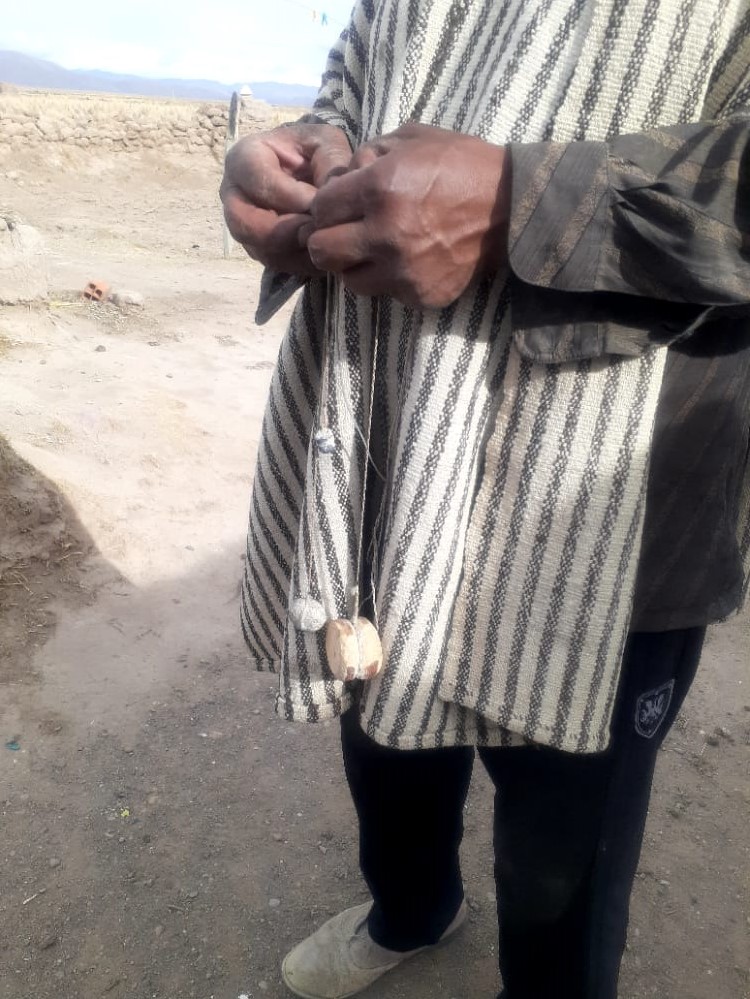
With the results obtained in the urban communities, we persisted with our efforts to visit a rural community but changing our focus to health. In our visits to urban communities, the health centers where people attended were diverse and we were not able to access information about them. We visited the community of Uru-Muratos thanks to the contacts and guidance provided by Dr. Noemi Tirado. The visit was specifically to observe their needs up close.
At the end of the visit we were able to draw conclusions such as: they do not have much information regarding the presence of As, despite the research that proved it and the risks it has on health and in this way we were able to hear testimonies of people who show harmful effects on their health. In the same way, people presented the same response as the urban communities regarding the perception they have of the water they consume, the lack of knowledge of water treatments and the interest in our project. From the information gathered, it was observed that the community members did not receive any type of education about arsenic and other metals, so they do not know the damage that this element could cause to their health. However, unlike the urban communities, Uru-Muratos’ people already had consequences due to the consumption of water with arsenic in it. For this reason we went to the community clinic and obtained the results shown in the PDF below.
Another important fact is that their ecosystem was affected because all the fauna they needed to subsist disappeared due to the scarcity and arsenic contamination of water. Finally, it should be noted that, like the urban communities, they do not know the current situation of the quality of their water with respect to arsenic and that is why the biosensor would be a benefit to them.
Organizations




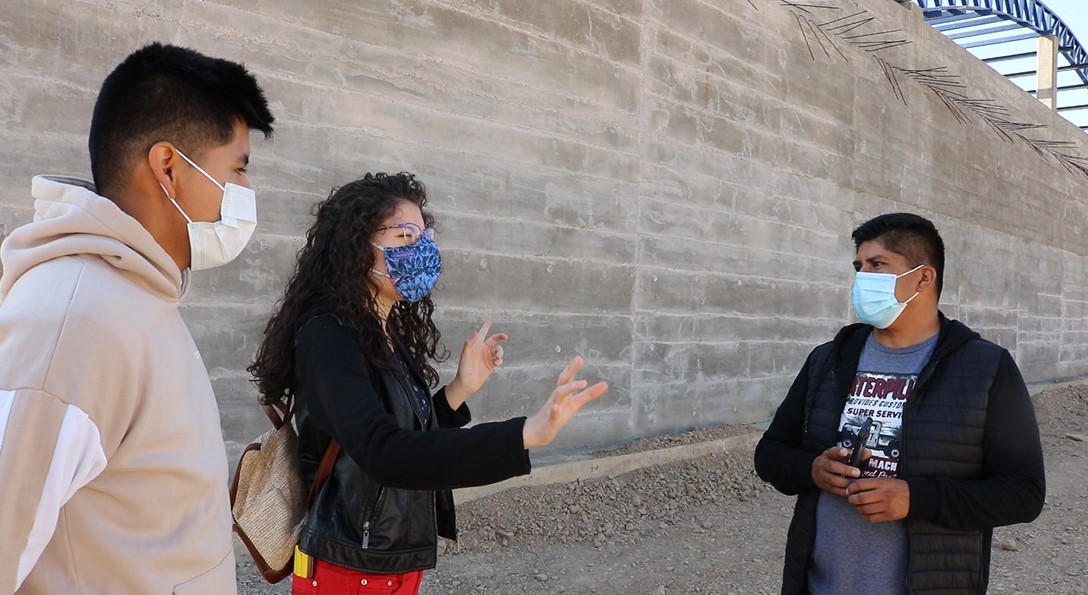






We visited a wastewater treatment plant under construction belonging to the AGUATUYA organization. It is located in the city of Cochabamba on the banks of the Rocha River, an area with a history of heavy metals due to the fact that it is surrounded by industries that discharge their contaminated water into the river. We toured the plant and received an explanation of how the entire plant works. We emphasized that the main tool of the purification system is the biological one, using bacteria. We understood that the presence of heavy metals causes the death of these bacteria, and consequently the plant loses capacity and efficiency.
We deepened the explanation on the use and operation of the biosensor. And since the plant works in phases, the engineer Ariel Aldunate, told us that our device could be implemented in the first phase of water entering the plant in order to quantify, take action and prevent damage. He also told us that the water flow entering the plant is 80 liters per second and that the biosensor must have the capacity to withstand these conditions. A heavy metal detection method suitable for the operation of a plant is required. AGUATUYA showed interest in our biosensor.
Conclusion
Throughout our journey we were able to learn and become aware of the great problem of water pollution. It has been a journey full of lessons and we can affirm that our perception about water has changed. We learned that water is death when it is not in a good quality because it harms us in every way. All the research and work will not be in vain as it will be useful as scientific documentation, historical background to researchers or entities with related projects in the future. We also demonstrated that many people are affected by the presence of arsenic in water either in the city or out of it, however, this need is not being addressed by higher authorities. In the same way, like AGUATUYA, there are many companies and organizations that are harmed by heavy metals. We are at the halfway point and we understand that our project is a fundamental step to the solution. We do not intend to abandon the communities who have been the main characters of this work since without them nothing could have been done, who have listened to us and who also need help. This is why we seek to climb step by step until we reach the end.












